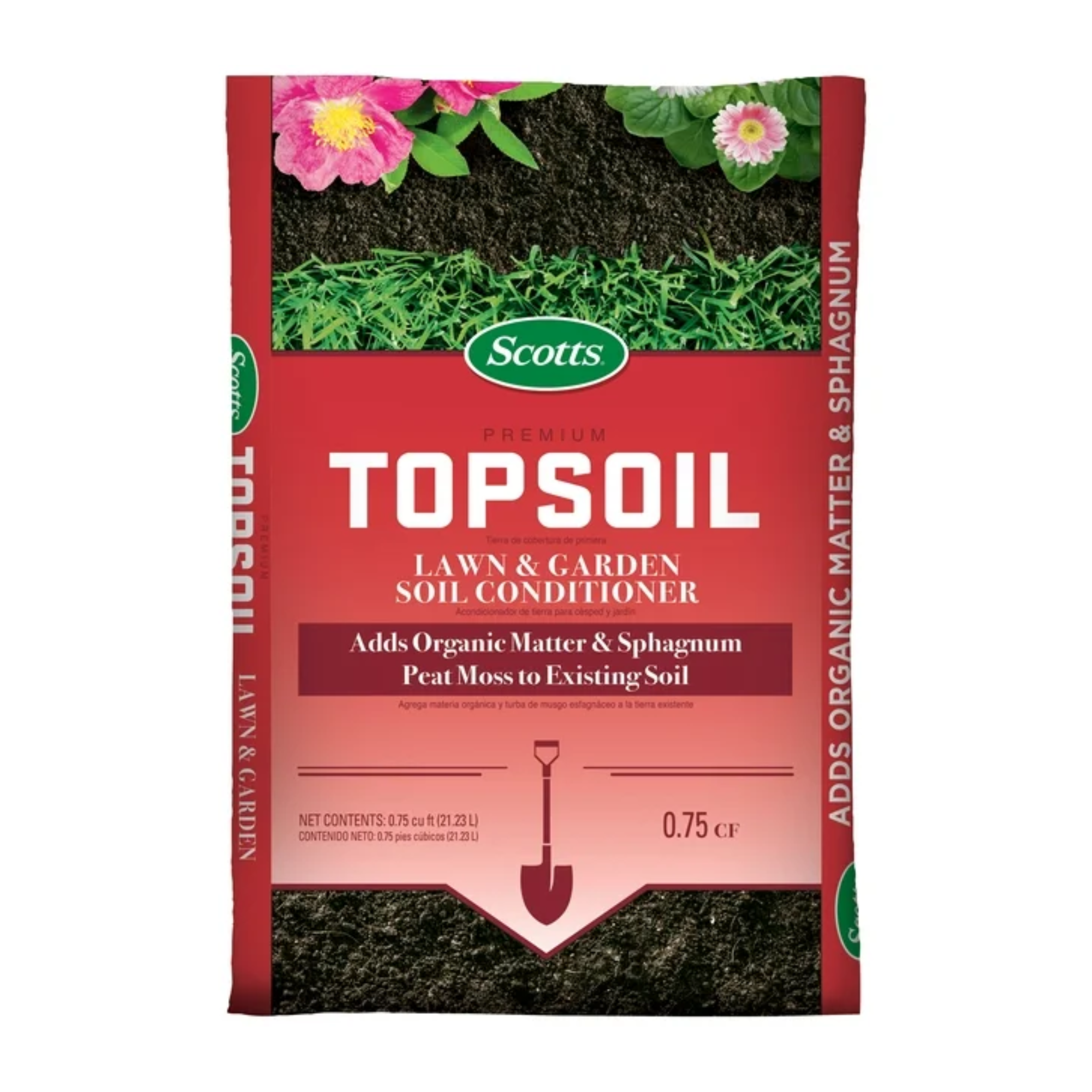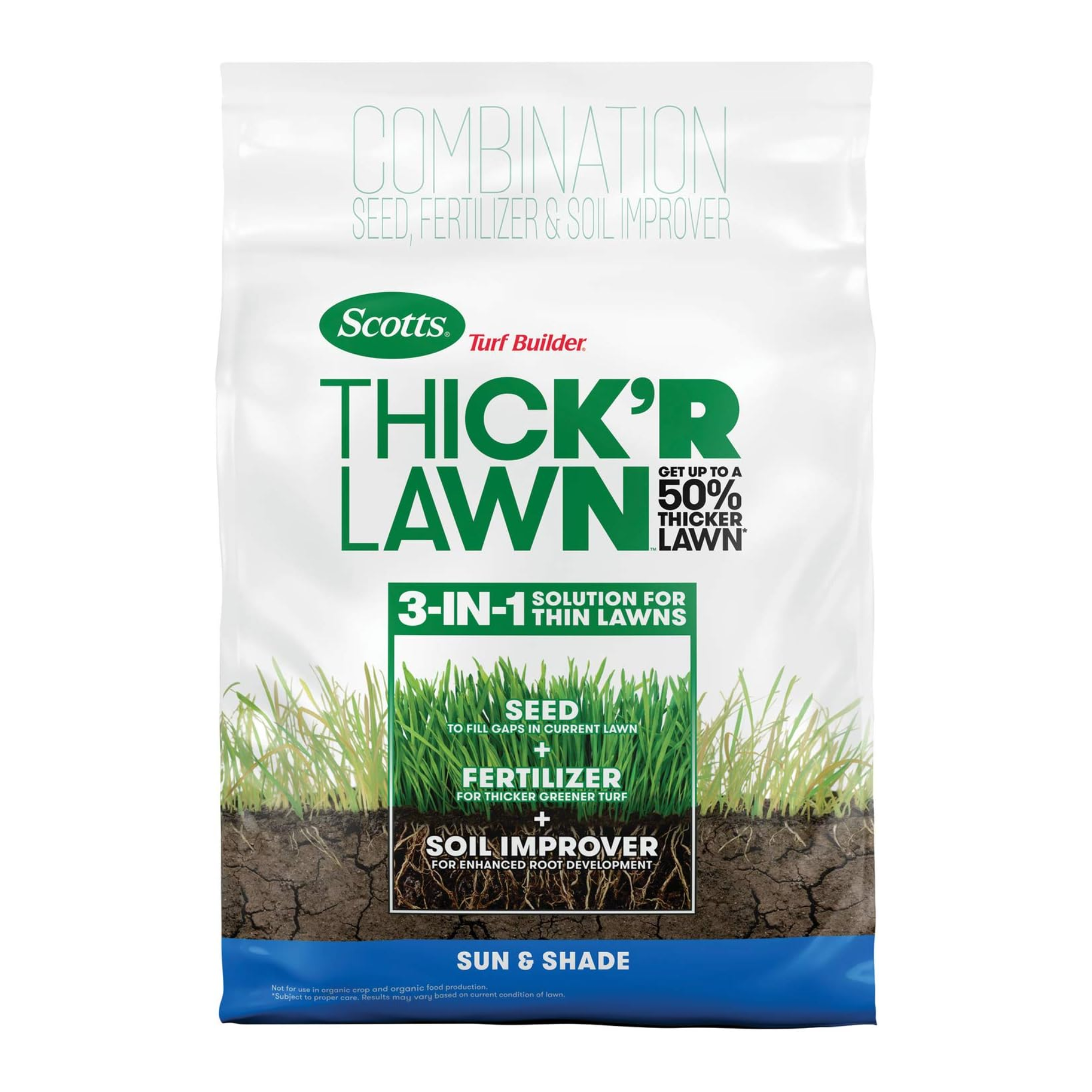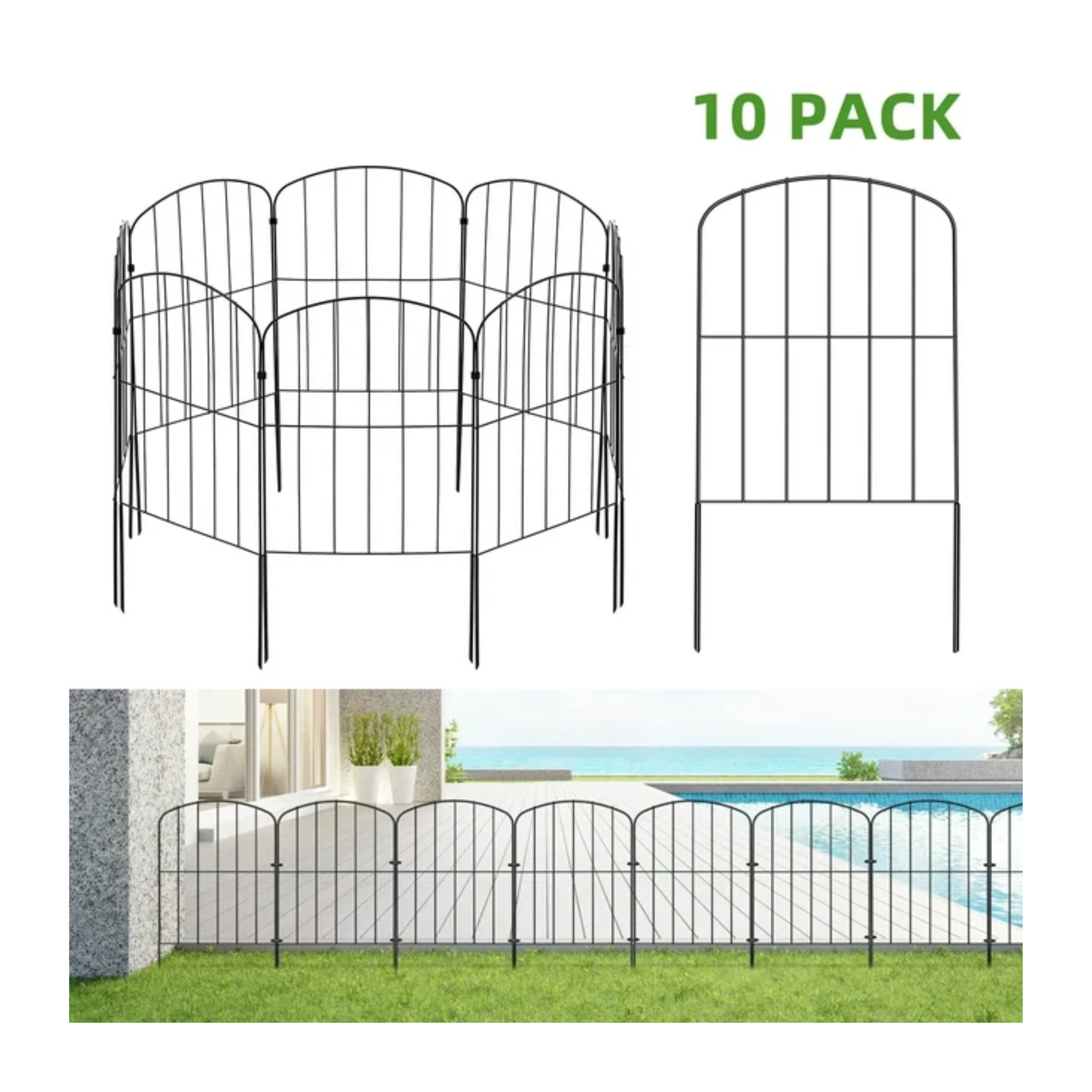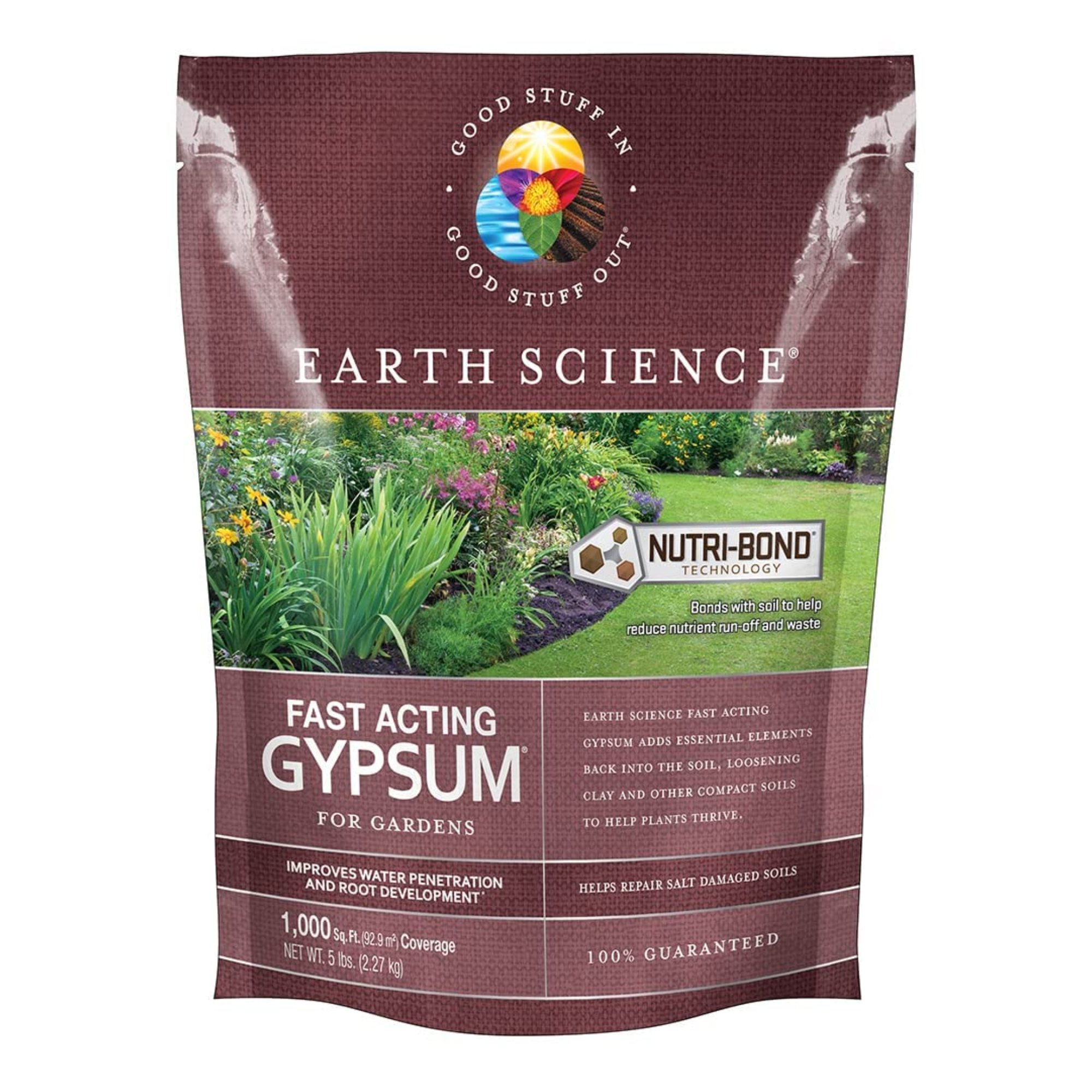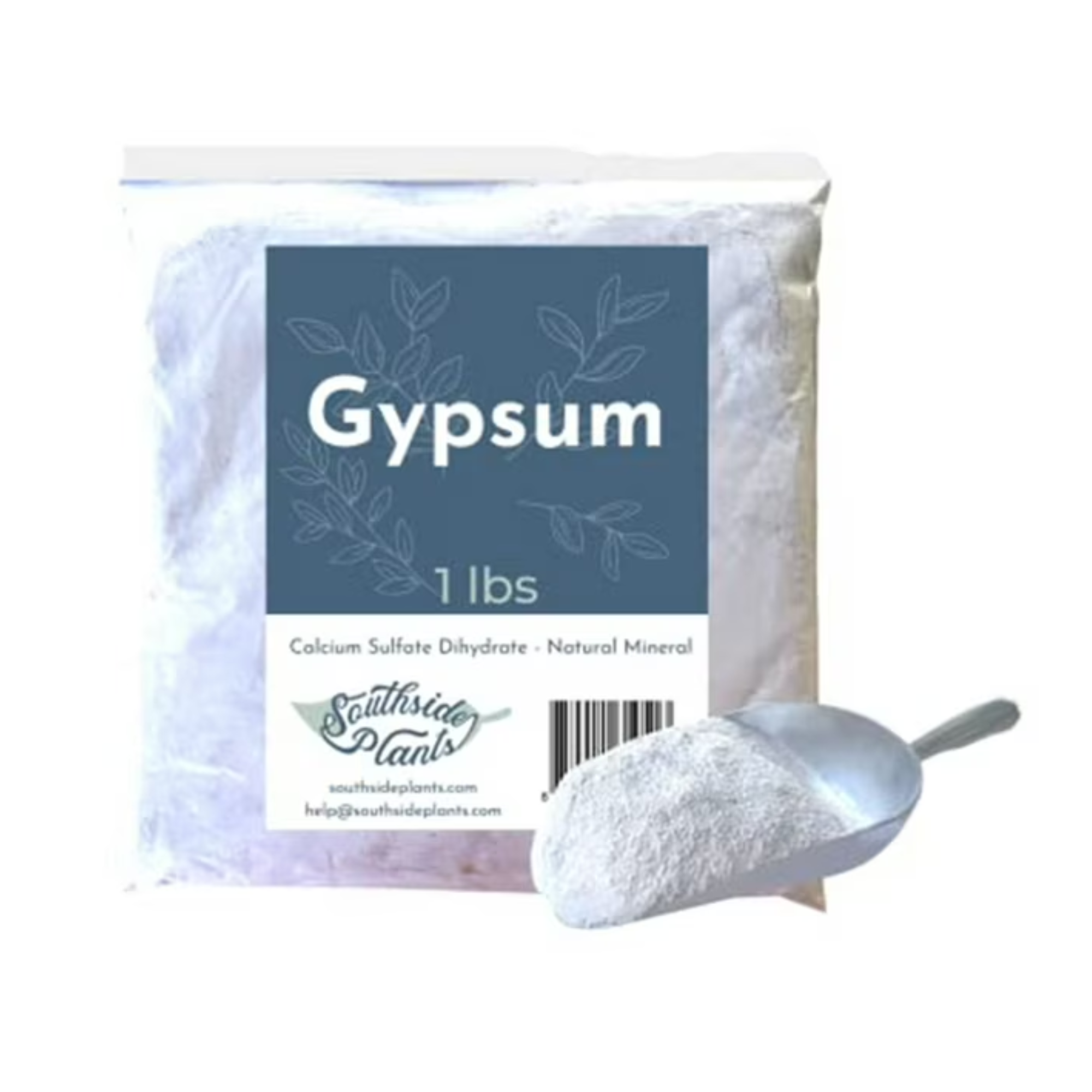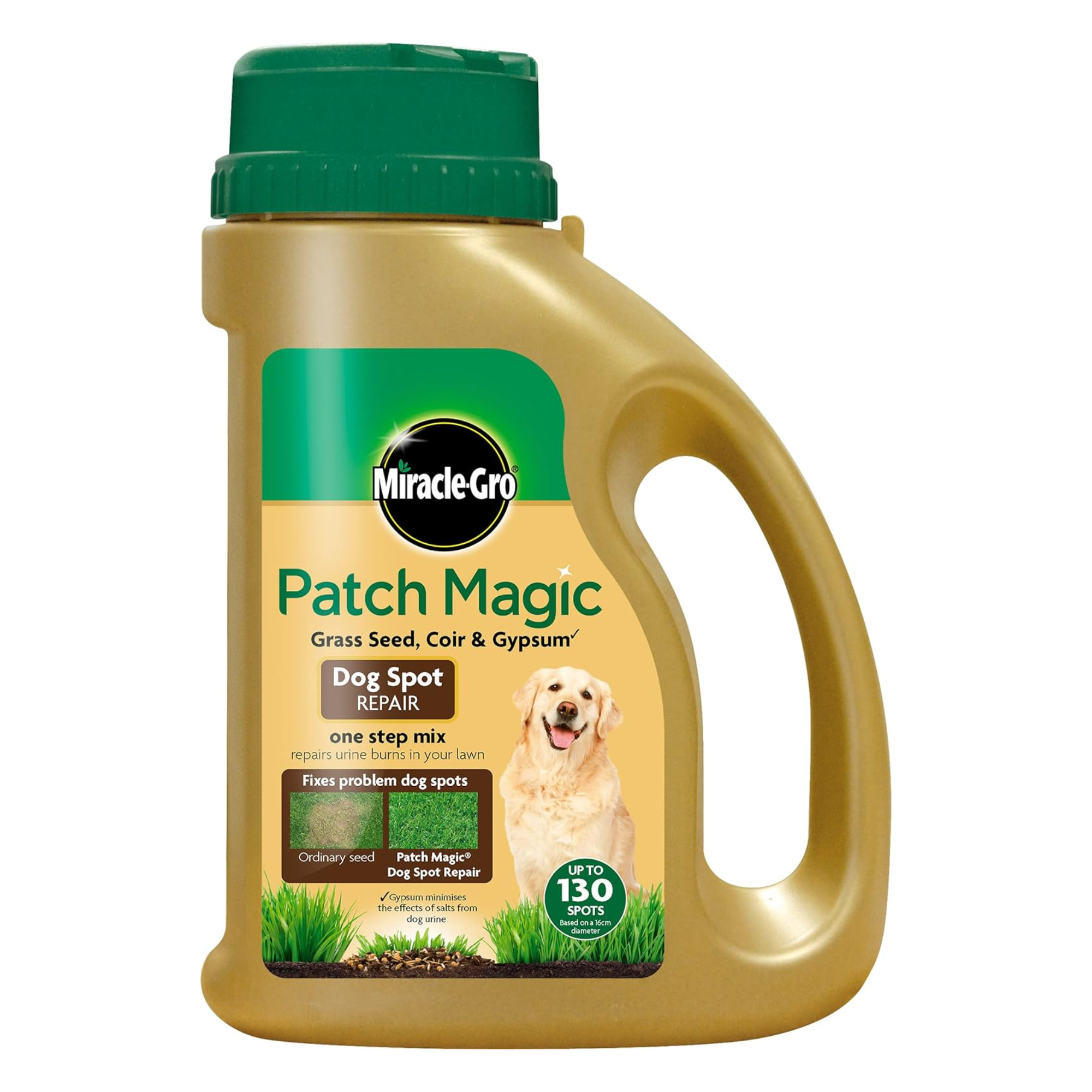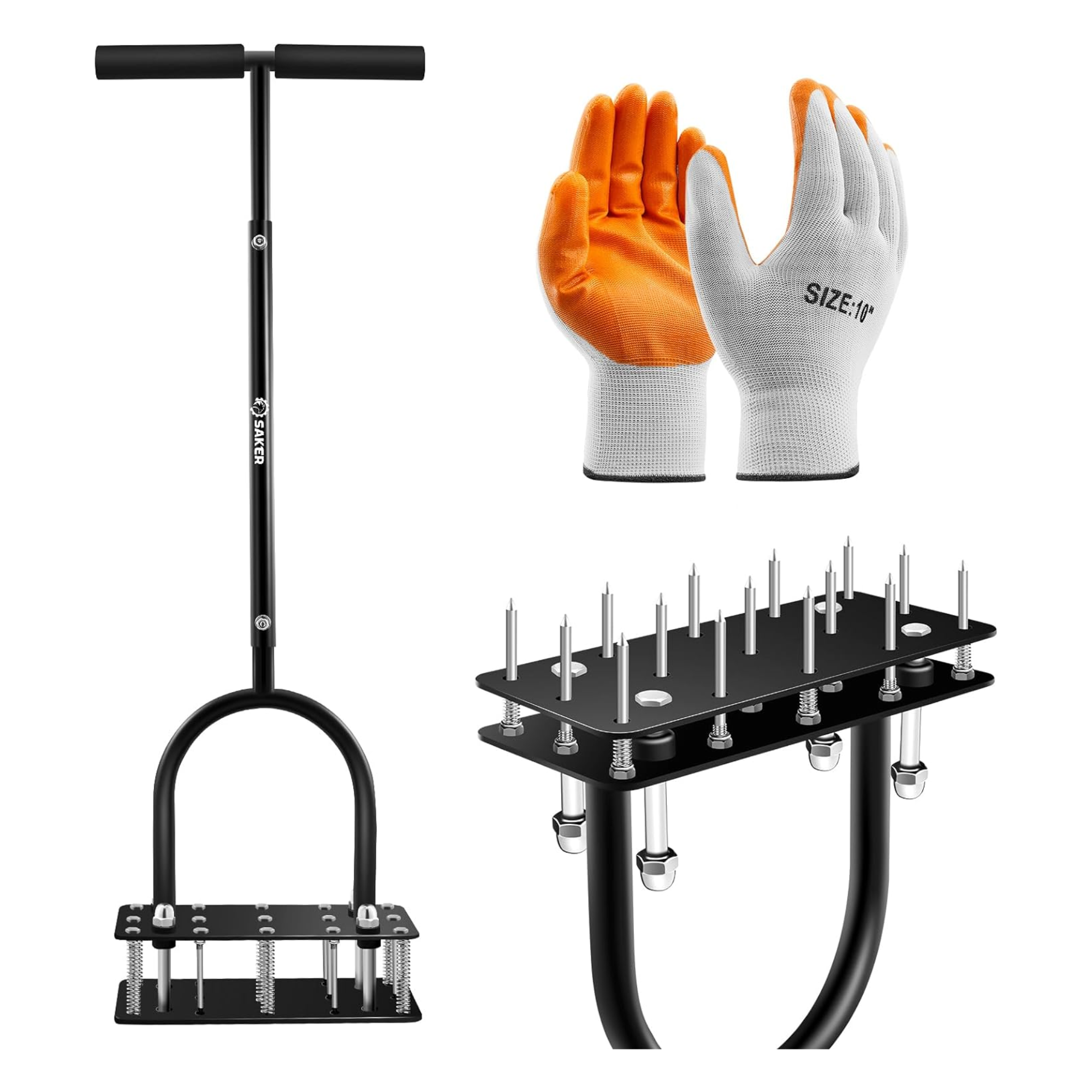How to Repair a Dog-Damaged Lawn — 3 Steps to Return Your Grass to Its Former Glory
Contrary to popular belief, you can have a dog and a perfectly manicured lawn all at the same time — here's how to fix damage caused by your pets
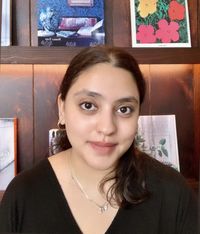
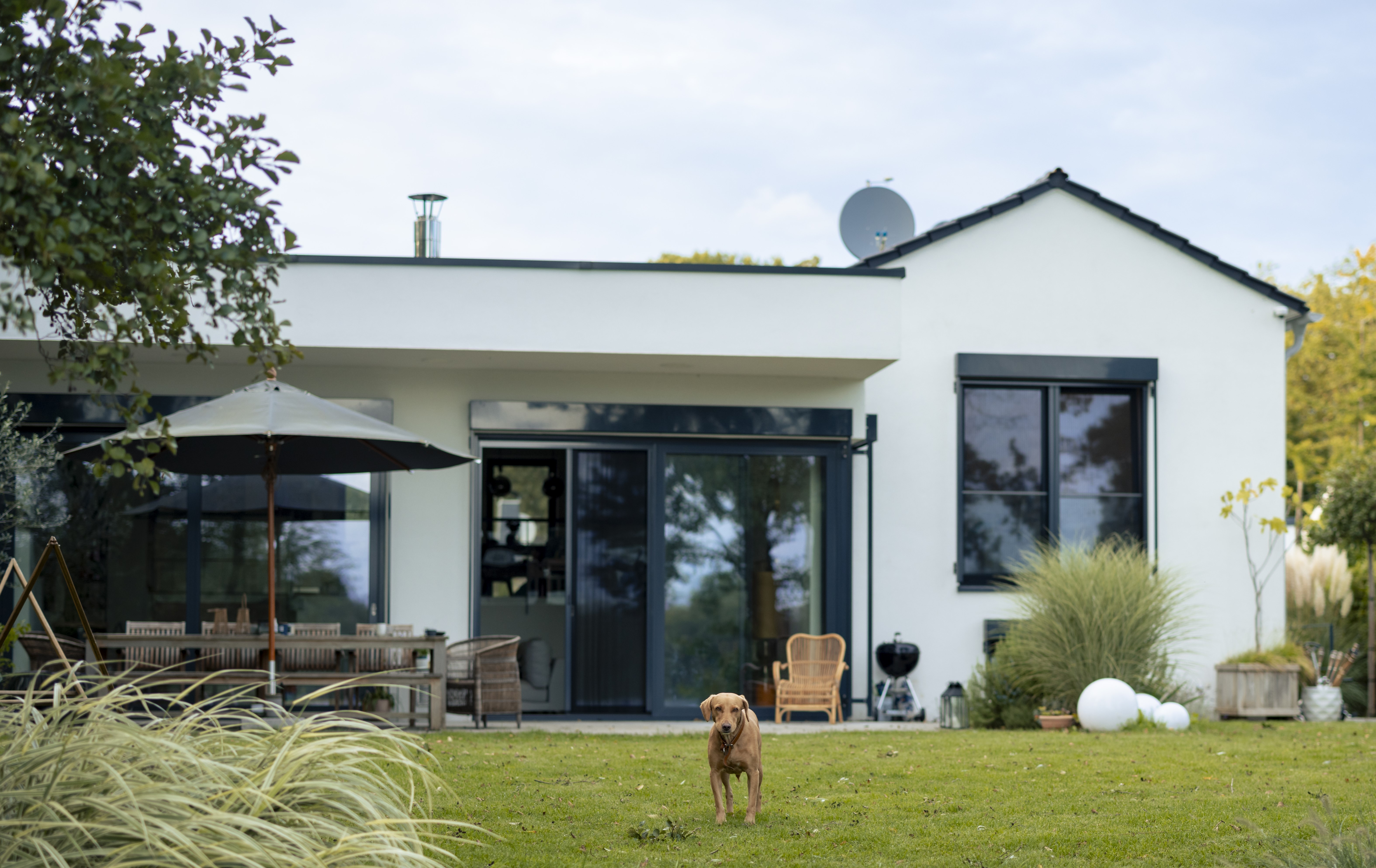
At times, it may seem like the reality of having a dog and a well-kept lawn can't be possible at the same time. However, we believe that having pets should not prevent you from having the landscape of your dreams.
In fact, our garden and landscape experts echo that it's very possible to have the best of both worlds, and repair a dog-damaged lawn to keep your grass looking good. All it takes is a little extra time and effort. No dog damage can't be undone and we've nailed down the top issues your lawn may be struggling from at the hands of your dog, and how to fix it.
These are the lawn care steps you need to take to specifically remedy problems caused by your four-legged friends.
1. Reseeding and Repairing Holes Caused by Dogs

Common things dogs love to do include playing fetch and (unfortunately) digging holes. Now, training can only go so far and sometimes you want to let your pets have their fun in the sun. But if you're interested in returning your lawn to its prime, returfing and reseeding is the way to go. So if you've got lawn care for July on your to-do list, consider adding this crucial task to the lot.
Allison Jacob, a gardening expert at Trimmed Roots, tells us that digging is definitely a common problem that comes with the territory of having pets. 'Some dogs seem to have a natural talent for turning your lawn into a miniature golf course,' she says. 'But fixing these holes is easy.'
Gardening expert Tony O'Neill shares a similar sentiment and explains that the first step to lawn recovery includes filling any holes with a mixture of soil and compost. 'Tamp it down lightly to ensure it's level with the surrounding area,' he says. 'Then spread grass seed over bare patches and lightly rake it into the soil. Be sure to water the area gently but thoroughly.'
In order to protect the new grass, Tony also suggests using temporary fencing or barriers to keep your dog off the reseeded areas until the grass is established.
The Livingetc newsletters are your inside source for what’s shaping interiors now - and what’s next. Discover trend forecasts, smart style ideas, and curated shopping inspiration that brings design to life. Subscribe today and stay ahead of the curve.
If you're looking to curb the problem altogether, Allison suggests giving your pets their own stomping ground. 'To prevent future digging, try creating a designated digging area filled with sand or loose soil,' she says. 'Keeping your dog mentally and physically stimulated can also reduce boredom-induced digging.'
Dug-up patches of grass are one of the top tell-tale signs of an unhappy lawn, so the sooner you get to caring for the space, the better.
2. Combating Urine Burns
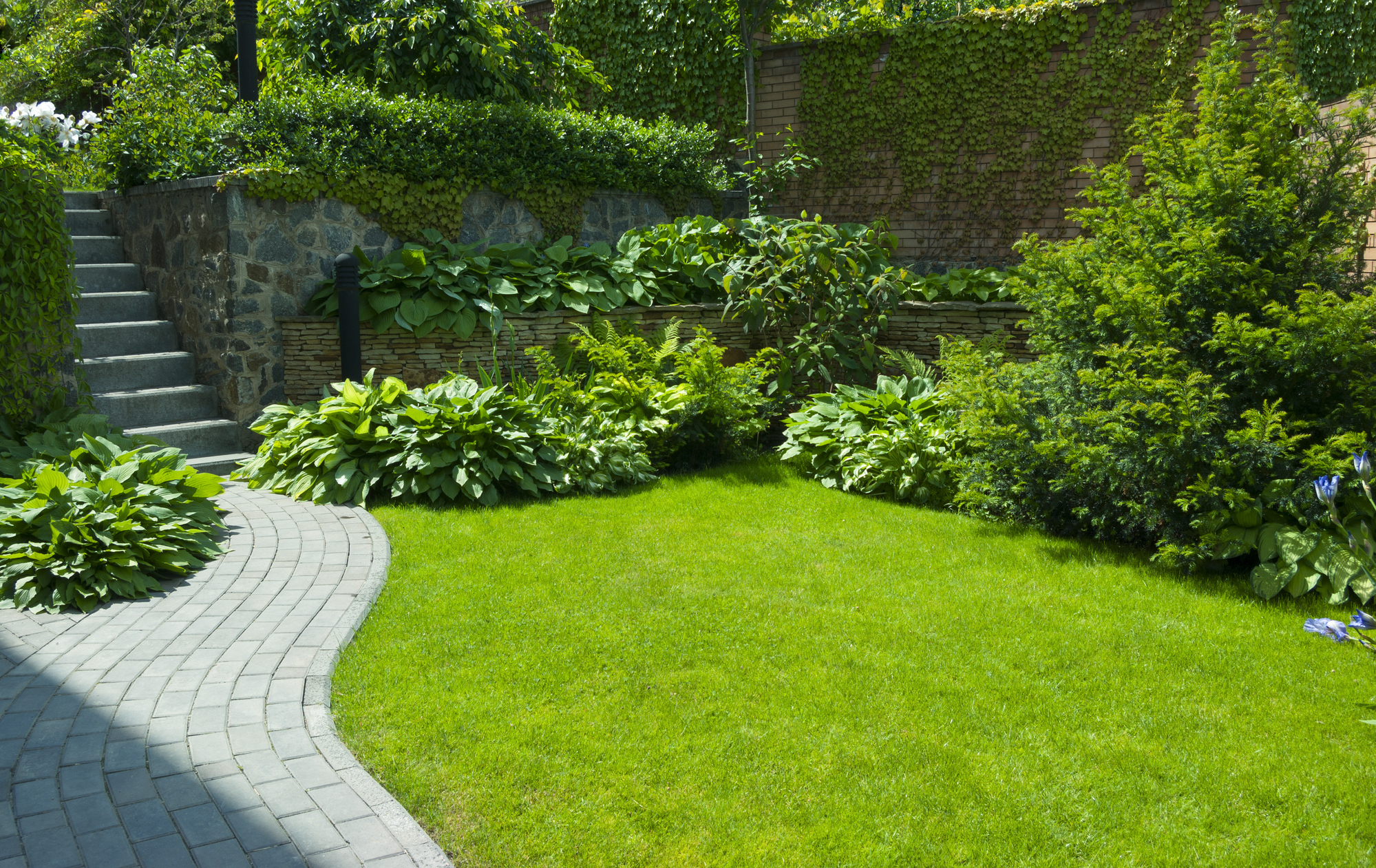
According to Allison, urine burns are one of the biggest culprits when it comes to doggy damage. 'Those brown patches scattered across your lawn are likely the result of your dog's bathroom breaks,' she notes. 'Dog urine is high in nitrogen, which can "burn" grass when concentrated in one spot.'
To combat this, Allison recommends diluting the urine as soon as possible after your dog does its business. 'A quick spray with the hose can make a big difference,' she says.
Tony finds that organic lawn care in the form of soil conditioner or a dose of gypsum also works wonders to neutralize the excess salts from dog urine. And if you're interested in going the extra mile, he suggests reseeding the affected areas as needed.
For long-term solutions, she suggests training your dog to use a designated area covered in gravel or mulch. This will reduce the overall damage to the lawn while still giving your pup their personal space.
3. Regular Lawn Maintenance

At the end of the day, regular lawn care can only help your outdoor space. And this kind of daily upkeep will help you scale back on the time spent repairing the lawn.
Tony explains that general wear and tear from dogs can also lead to a stressed lawn. So even if your dog has been toilet-trained and is not known to dig up your space, it's likely that their time spent zooming around is slowly but surely affecting the area.
According to Tony, aerating a lawn is key to keeping it healthy over time. 'Regular aeration helps relieve soil compaction and improves root growth,' he explains.
'I also recommend using a pet-friendly, slow-release fertilizer to strengthen the grass and make it more resilient to damage,' he advises. ' And ensure your lawn receives adequate water, especially in high-traffic areas.'
Following these simple steps and adding them to your regular lawn routine will keep it looking lush and sturdy. And this way, you can enjoy the lawn as much as your pet does.
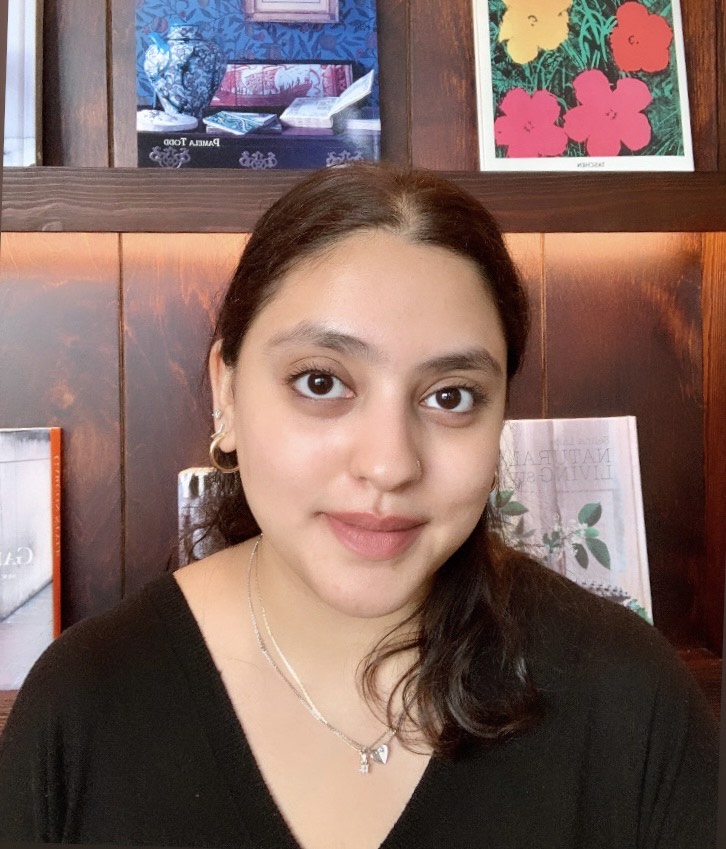
Amiya is a Home Wellness Writer at Livingetc. She recently graduated with a Masters Degree in Magazine Journalism from City, University of London, and has lent her words to beauty, fashion, and health sections of lifestyle publications including Harper’s Bazaar and Women’s Health. Her experience as a research analyst has equipped her with an eye for emerging trends. When she’s off the clock, she can be found reading, listening to music, or overanalyzing her latest Co-Star update.
